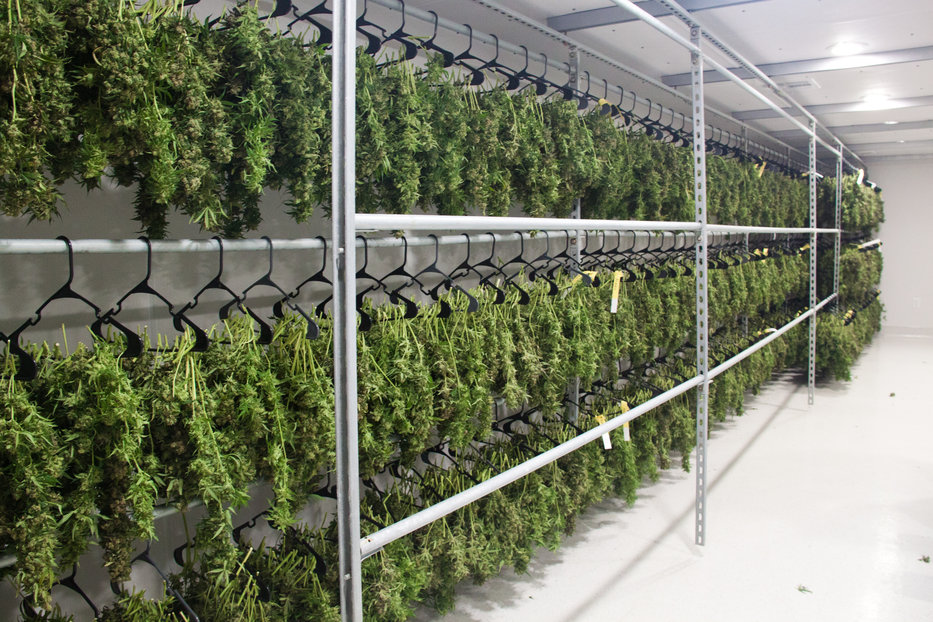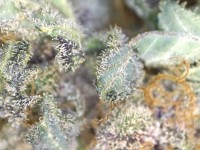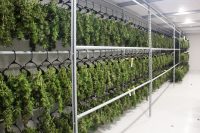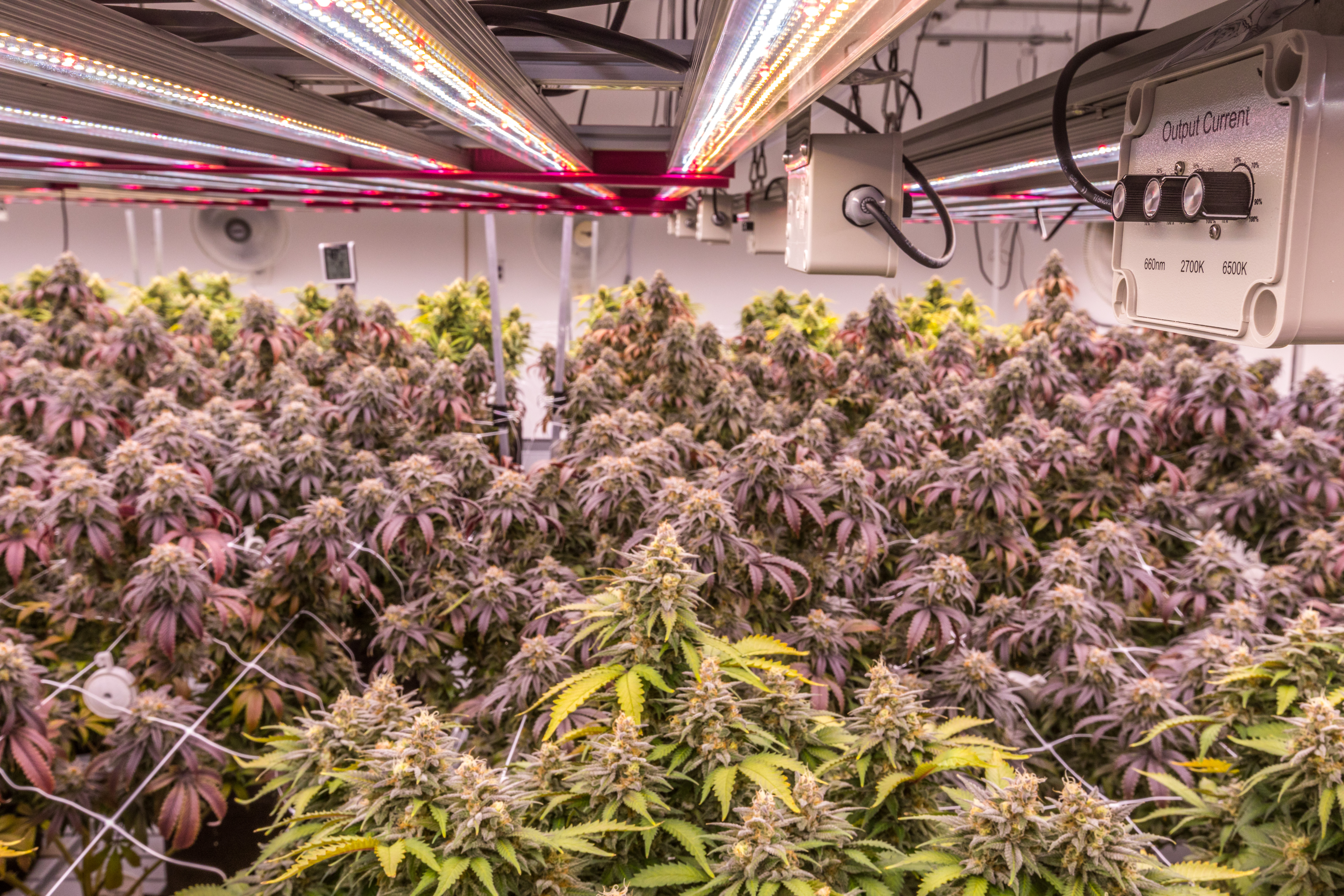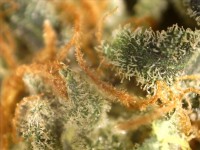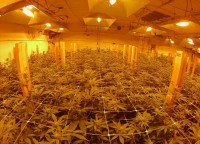Cannabis businesses have a lot to look forward to in 2020. After a bipartisan push through the House, the Safe Banking Act currently awaits passage in the Senate and then the president’s signature. If all goes well, the bill will allow the financial sector to finally service cannabis businesses – from banking to investments and insurance.
What else can cannabis business look forward to this year? Check out HUB’s Top 5 cannabis industry predictions for 2020.
- Hemp/CBD products go to market in droves. The passage of the Farm Bill and the ease of shipping hemp across state lines has led to a production boom for the crop. With little federal regulation around manufacturing and distribution, hemp/CBD products from edible oils to clothing and anti-inflammatory lotions are extremely profitable. Expect final federal Domestic Hemp Production Program rules on acceptable levels of THC in hemp/CBD products to be published sometime in 2020. These will be based on the current rule draft. There’s a strong push to move industrial hemp into the federal crop insurance program, which is also likely to happen in 2020.
- Product liability insurance is no longer a luxury. Thanks to significant vaporizer, battery and contamination claims currently in the courts, cannabis business can expect higher product liability premium rates in 2020. Expect rates to jump as much as 30 to 40%, depending on the resolution of these cases. For this reason, carriers will be more diligent about underwriting and may even ask for certification of insurance from vendors, and additional insureds on third-party policies. Exercising more caution and oversight when selecting vendors is a must for cannabis businesses operating in 2020 under this premise. It’s critical for all organizations to take a hard look at business practices before entering partnerships moving forward.
- Phase II industry growing pains surface. Now that the cannabis gold rush is dying down, businesses are poised to enter Phase II of their growth.Those who failed to institute proper hiring processes, including background checks, as well as protocols to promote security and prevent theft are currently facing challenges. Significant industry consolidation is making way for cannabis conglomerates to become multi-state operators. Directors and officers that made poor investments or acquisitions are facing scrutiny at the hands of the SEC or business investors. Without D&O insurance, or adequate limits, directors and officers could find their personal finances drained. Insisting on adequate D&O protection going forward is a best practice for cannabis executives.
- Product and state regulatory testing expands. High-profile manufacturers and distributors of cannabis are standardizing their cannabis, hemp and CBD ingredient labeling. However, many others are taking advantage of the lack of rules currently surrounding cannabis production by falsifying labels and misrepresenting THC content in products. This has led to recent lawsuits and claims. As a result, states will begin to administer product testing and license regulations and enforce carrying time limits, track and trace and bag and tag rules. Get ready for fines, penalties and increased non-compliance liabilities in 2020.
- Increased availability of policies and limits. Both the cannabis industry and the number of insurance carriers entering the market continue to grow steadily. Businesses are enjoying higher liability limits as a result – to the tune of $15M on product liability and $60M on property. Coverage for outdoor cannabis crop is now a possibility, and workers’ compensation coverage can function as a blanket policy for businesses across state lines as well. Should the Safe Banking Act pass soon, stay tuned for additional insurance opportunities as well.
2020 Growth and Beyond
The 2020 presidential election will bring the federal legalization of cannabis to the forefront of public discourse. While the law may not change yet, passage of the Safe Banking Act and increased regulatory action at the state level will highlight the successes and failures of the 33 states and the District of Columbia that have legalized cannabis in some capacity. These will serve as a guiding light for federal legalization down the road.






























